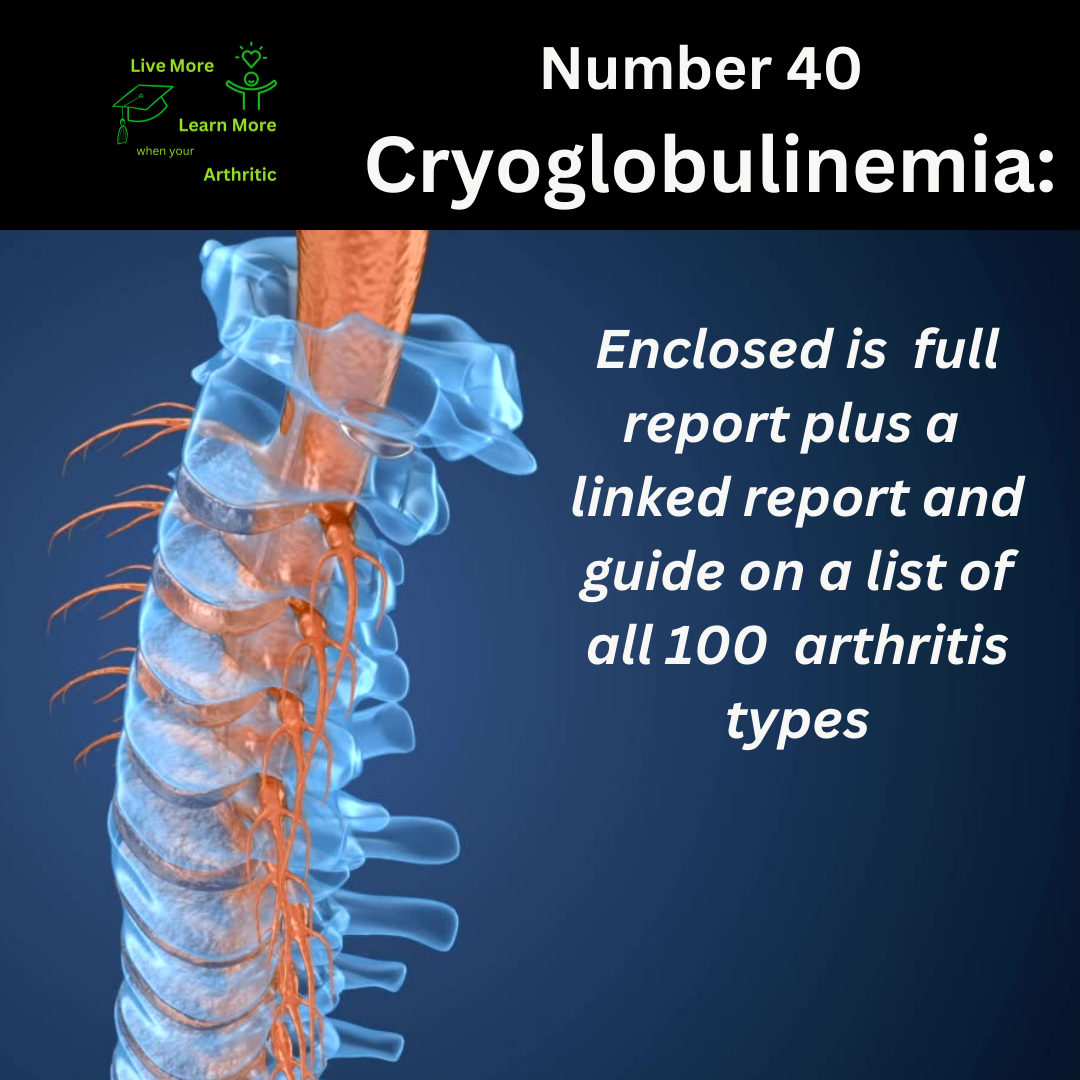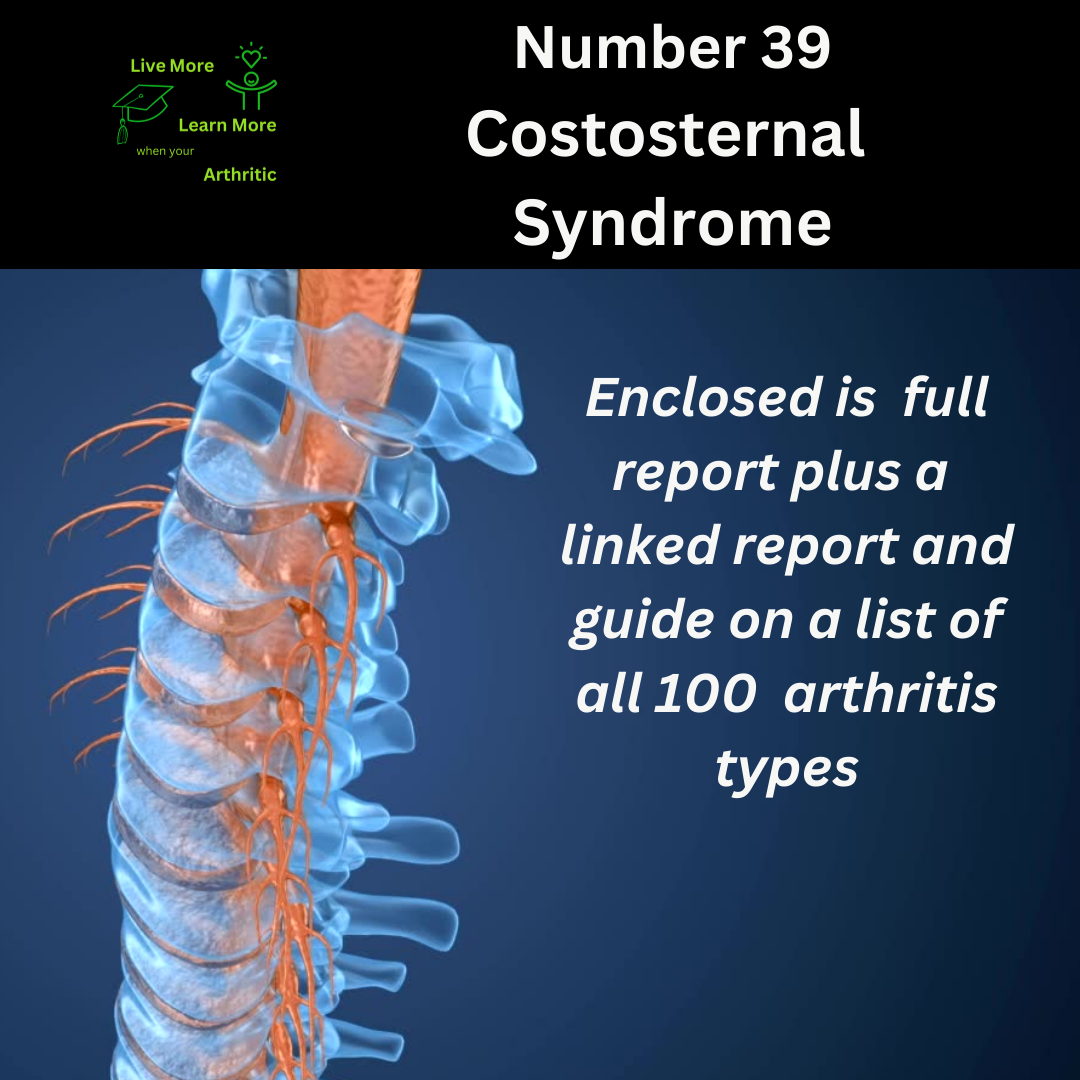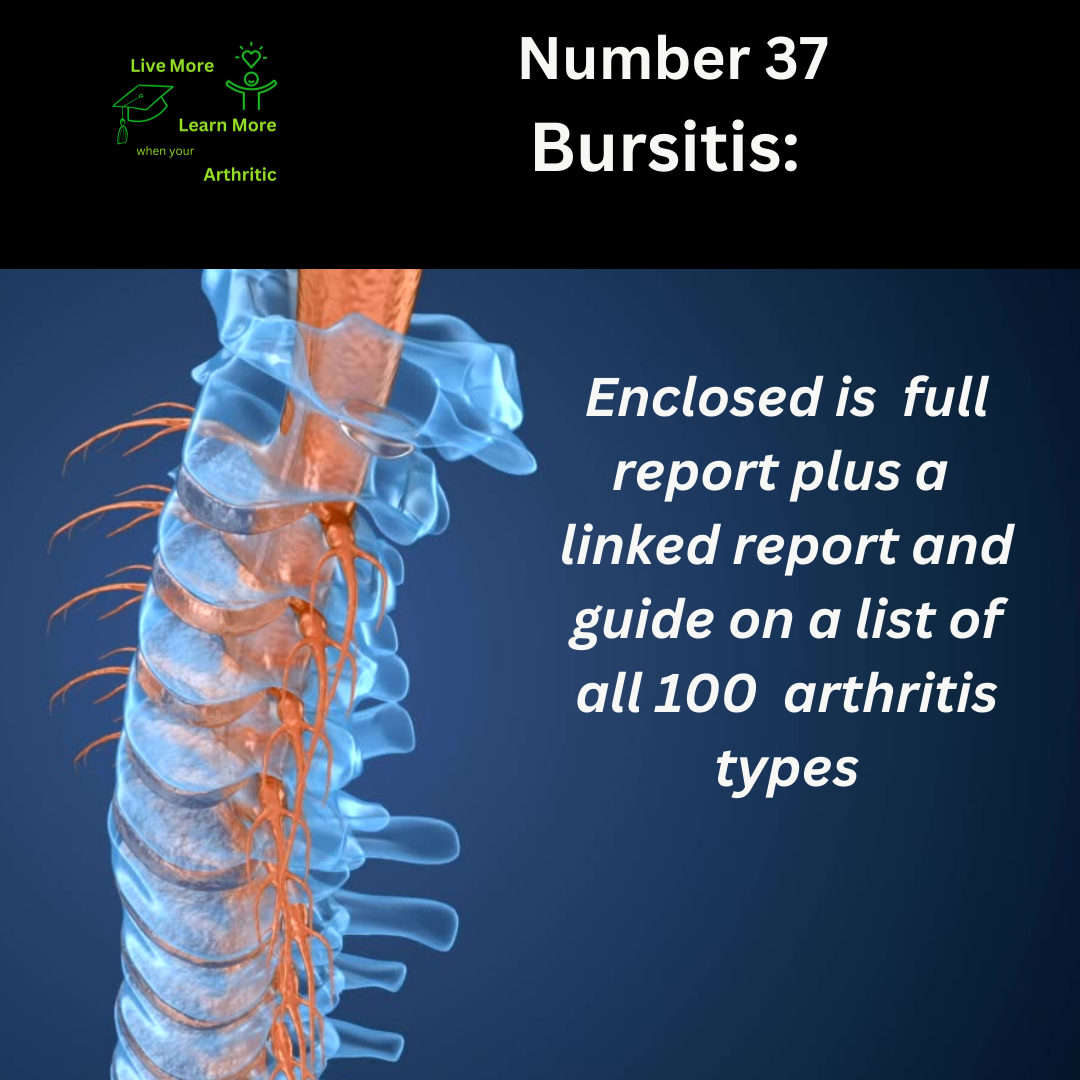Arthritis News
Current News in the world of a of Arthritis.
-
Understanding the Link Between Arthritis and Obesity: Strategies for Improved Health Management
Arthritis and obesity are prevalent health concerns that often coexist, significantly impacting individuals’ physical and mental well-being. Recent studies have revealed a substantial association between these conditions, with obesity being a significant risk factor for developing arthritis. This comprehensive guide aims to explore the relationship between arthritis and obesity, elucidate the challenges posed by this association, and provide practical solutions to enhance healthcare outcomes for affected individuals.
-
The Root Causes of Ehlers-Danlos Syndrome
Ehlers-Danlos Syndrome (EDS) is a group of genetic connective tissue disorders characterized by hypermobile joints, skin that can be stretched beyond normal limits, and a tendency for bruising easily. There are 13 subtypes of EDS, each varying in severity and specific symptoms, but all involve some level of collagen deficiency or dysfunction, which impacts the body’s connective tissues.
-
Cryopyrin-Associated Periodic Syndromes (CAPS): Number 42 on the list of 100 types of Arthritis
Unraveling the Mysteries of CAPS: A Journey Through Ice and Fire
In the world of rare diseases, Cryopyrin-Associated Periodic Syndromes (CAPS) stands as a unique protagonist—a condition that can turn life’s rhythms into a rollercoaster of symptoms. Join me as we explore the science, stories, and possibilities behind this intriguing syndrome.
-
Lung Disease and Arthritis: Interconnected Risks and Possible Comorbidity
Arthritis and lung disease may seem like distinct health issues, but the two are more interconnected than one might expect. Both can cause significant pain, disability, and a reduction in quality of life. Exploring their relationship offers insights into how these conditions can co-occur and exacerbate each other. This article delves into the causes, effects, diagnosis, and potential impacts on life expectancy of having both arthritis and lung disease, with an emphasis on fact-based information presented in an engaging and accessible manner.
-
Cryoglobulinemia: Number 41 on the list of 100 types of Arthritis
Unveiling Cryoglobulinemia: A Chilly Perspective
Imagine your immune system like a skilled orchestra, usually playing in perfect harmony to protect you. But what happens when one instrument hits a sour note, leading to a rare but intriguing condition known as Cryoglobulinemia?
-
The Root Cause of Duchenne’s Muscular Dystrophy
Duchenne’s Muscular Dystrophy (DMD) is a genetic disorder characterized by progressive muscle degeneration and weakness. It’s caused by mutations in the DMD gene, which encodes the protein dystrophin. This protein is crucial for maintaining muscle cell structure and function. Without dystrophin, muscle cells are easily damaged, leading to the gradual weakening and wasting away of muscle tissue. DMD primarily affects boys, with symptoms typically appearing between ages 2 and 5. Early signs include difficulty in walking, running, and jumping, as well as frequent falls and muscle stiffness.
-
CREST Syndrome: Number 40 on the list of 100 types of Arthritis
- ArthritiCare, Arthritis Care, Arthritis News, Arthritis Pain, Inflammatory Arthritis, Rheumatoid Arthritis (RA)
Digestive Issues: The Unseen Companion of Arthritis
Arthritis, the dreaded joint destroyer, has been a household term for years, but what about its sneaky sidekick, Digestive Issues? Yes, you read that right! Digestive problems and arthritis have a clandestine connection that often goes unnoticed. Let’s unravel this mystery, sprinkle in some wit, and perhaps find a way to giggle through the pain.
- 100 Types of Arthritis, Ankylosing Spondylitis, ArthritiCare, Arthritis Care, Arthritis News, Arthritis Pain, Psoriatic Arthritis, Rheumatoid Arthritis (RA)
Costosternal Syndrome: Number 39 on the list of 100 types of Arthritis
-
The Root Cause of Drug-Induced Lupus
Drug-Induced Lupus (DIL) is an autoimmune disorder triggered by certain medications. Unlike systemic lupus erythematosus (SLE), which is a chronic condition, DIL typically resolves once the offending drug is discontinued. The symptoms of DIL closely mimic those of SLE, including joint pain, muscle pain, and inflammation. However, DIL rarely affects major organs like the kidneys or brain. This condition is a reaction to long-term use of specific medications, causing the body’s immune system to attack its own tissues.
-
Difficulty Performing Daily Activities: The Struggles of Living with Arthritis
Living with arthritis is no joke. One minute you’re a spry individual, the next, you’re wrestling with your socks like they’re tiny boa constrictors. But what exactly is “difficulty performing daily activities” (DPDA)? This term refers to the struggles people face when trying to perform basic tasks, like dressing, cooking, or even holding a coffee cup. It’s a reality that many with arthritis know all too well. But let’s delve deeper into what this means and how it affects lives.
-
Carpal Tunnel Syndrome (CTS): Number 38 on the list of 100 types of Arthritis
-
Bursitis: Number 37 on the list of 100 types of Arthritis
- ArthritiCare, Arthritis Care, Arthritis News, Arthritis Pain, Arthritis Remission, Arthritis Root Causes, Autoimmune Arthritis
The Root Cause of Discoid Lupus Erythematosus
What is Discoid Lupus Erythematosus?
Discoid Lupus Erythematosus (DLE) is a chronic autoimmune disease predominantly affecting the skin. It manifests as red, inflamed, and scaly patches, typically on the face, scalp, and ears. Unlike Systemic Lupus Erythematosus (SLE), which can impact multiple organ systems, DLE is primarily cutaneous, although it can sometimes progress to systemic lupus. The exact cause of DLE remains unknown, but it is believed to involve a combination of genetic predisposition, environmental triggers, and immune system abnormalities.
-
The Unseen Connection: Eye Problems and Arthritis
Defining Eye Problems and Their Many Effects
When we think of arthritis, images of aching joints and stiff limbs come to mind. Rarely do we consider the eyes, yet they, too, can fall victim to this insidious condition. Eye problems like uveitis, scleritis, and dry eyes often accompany arthritis, silently aggravating an already challenging disease. Uveitis, inflammation of the middle layer of the eye, can lead to redness, pain, blurred vision, and light sensitivity. Scleritis affects the white part of the eye, causing deep, severe pain. Dry eyes, the most common issue, lead to discomfort, a gritty sensation, and vision problems.
-
Brucellar Spondylitis: Number 36 on the list of 100 types of Arthritis
The Tale of Brucellar Spondylitis: A Personal Perspective
-
The Hidden Battle: Arthritis & Medication Side Effects – YouTube Video
-
Medication Side Effects: The Unseen Battle with Arthritis
What are Medication Side Effects?
Imagine a superhero with a hidden flaw—powerful yet vulnerable. Medications, especially the heavy-hitters like NSAIDs, corticosteroids, and DMARDs, fit this bill. They swoop in to rescue us from pain and inflammation but leave a trail of chaos in their wake. Medication side effects are the uninvited guests that crash the party. From stomach ulcers to mood swings, these side effects can range from mildly annoying to downright debilitating.
-
Bicipital Tendinitis: Number 35 on the list of 100 types of Arthritis
Exploring Bicipital Tendinitis: A Personal Journey
Bicipital tendinitis, often referred to as biceps tendinitis, is a condition that affects the tendon of the biceps muscle in the shoulder. It’s not just another medical term—it’s a story of resilience, discovery, and the pursuit of a better quality of life.
-
Osteoarthritis (OA) Self Examination Test







